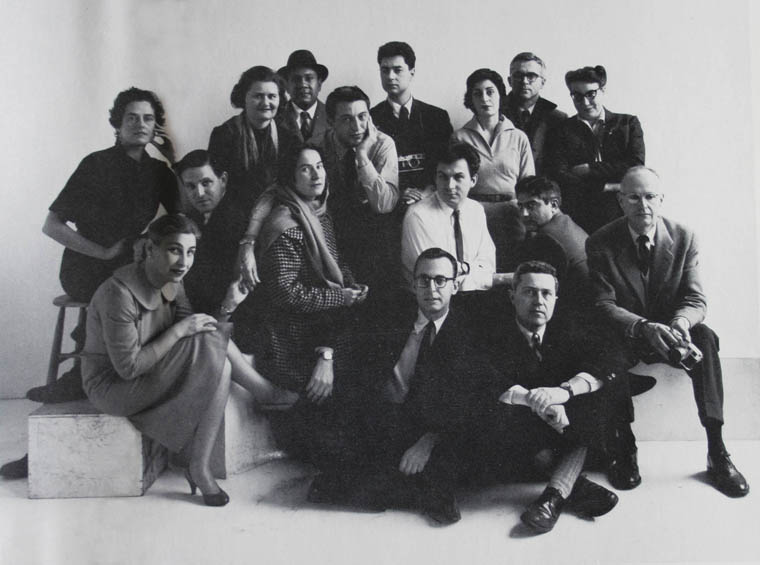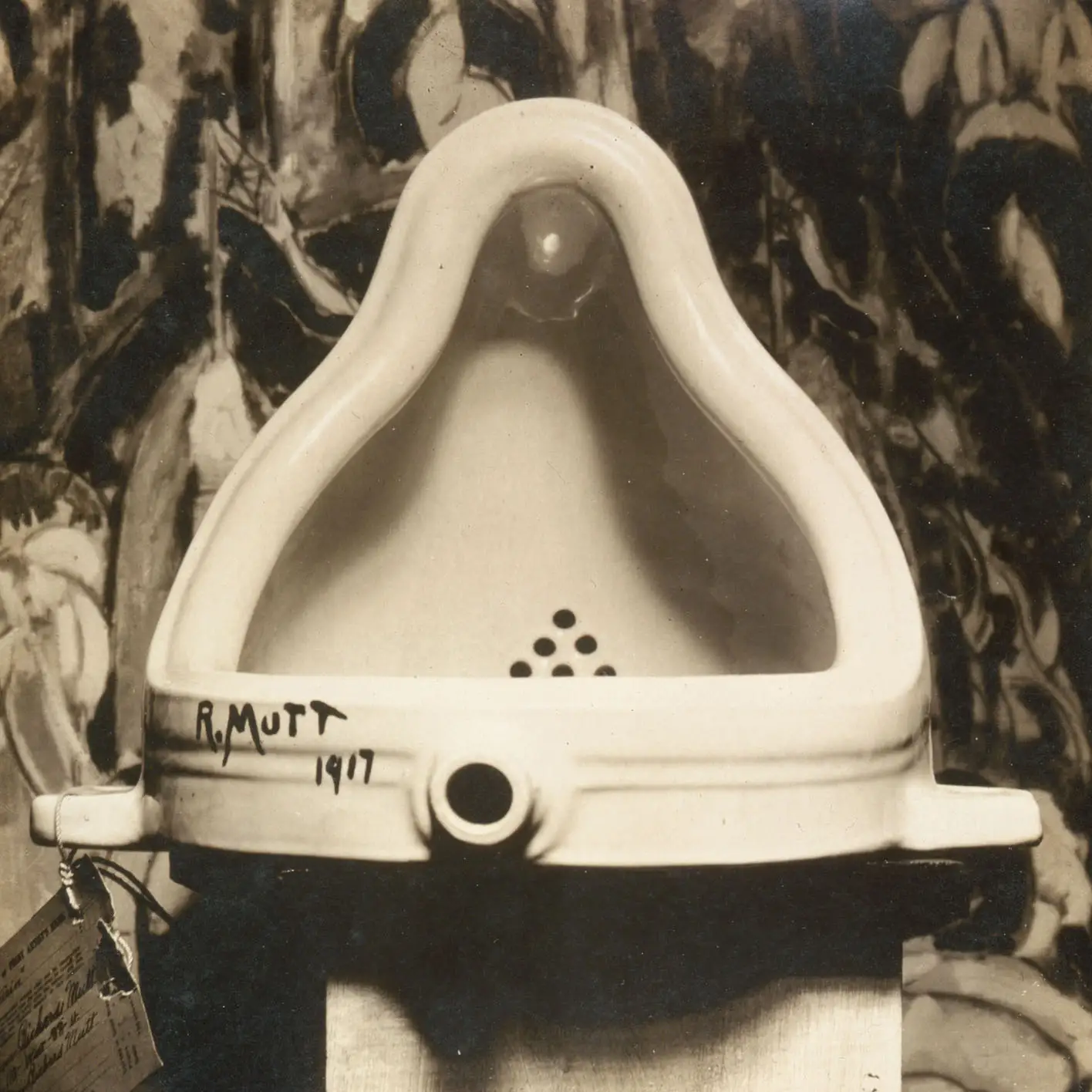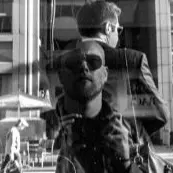Victor Hasselblad
Famous photographer Victor Hasselblad was an innovator and camera maker who changed the face of photography during his life.
To understand Victor Hasselblad’s contribution to the art of photography, it’s important to understand his background. The Hasselblad family started a trading company (1841) called F.W. Hasselblad & Co. selling mainly household products for the kitchen. Arvid Viktor Hasselblad started a photographic division that was fueled by his love of photography. Ironically, the family never predicted that there would be much of a profit from photography, which was just getting started during that time.
Around the end of the 19th century, Arvid Viktor met George Eastman, the man who eventually found the Kodak Company. Eastman and Hasselblad made a deal that make Hasselblad’s company the sole distributor for Swedish camera products, which quickly became a booming market. This made Hasselblad one of the European leaders for the next few decades.
Victor Hasselblad Educational Background
Victor Hasselblad (born in 1906), the grandson of Arvid Viktor Hasselblad, was one of those sons who had “greatness thrust upon him” and was expected to take over the family business. Rising to the occasion, Victor not only had a passion for photography, but he also wanted to improve on the technology of the cameras of his time.
Victor’s father, Karl Erik Hasselblad, actually took him out of school so he could learn as much about the business as possible. Victor traveled abroad and got to know Kodak head man George Eastman, who was very influential in Victor’s career. Eastman was able to give Victor access to all the newest camera technologies.
Even though he was busy with the family business, Victor Hasselblad still made time to pursue bird watching photographs as a hobby. He published a book entitled Migratory Bird Passages, which contained several photos of birds in flight. He also took part in a major photo exhibition in Gothenburg, Sweden in 1928.
The Business of Victor Hasselblad
Victor soon became discouraged with the family business and left to begin his own. With the eruption of the Second World War erupted in the late 1930s, Sweden was stuck in the middle. When a German aerial camera was recovered during the War’s outbreak, the Swedish military called on Victor to replicate this state-of-the-art technology.
Not only did he duplicate the technology, he improved upon it greatly. The military was very impressed with the HK 7, and Victor, who inherited the company upon his father’s recent death, produced several other cameras. After the war, Victor Hasselblad and his newly restructured company set out to produce cameras exclusively for the consumer market. One of their more successful endeavors was the 1000F, the first 6x6 SLR (single lens reflex) camera, which also had interchangeable lenses and film magazines.
The Hasselblad cameras were so successful that they developed a contract with NASA. In the early 1960s, a Hasselblad camera traveled in to space on the Mercury space mission and orbited the earth six times. The US space agency liked the photos so much, a Hasselblad camera accompanied Neil Armstrong and Edwin Aldrin to the moon. This camera provided the only still photos from that voyage. Hasselblad is still the camera of choice on board US spacecraft.
The Erna and Victor Hasselblad Foundation
Victor Hasselblad died in 1978 without any heirs. He and his wife left most of his fortune to the Erna and Victor Hasselblad Foundation, initiated to promote the research and teaching of natural science and photography.



